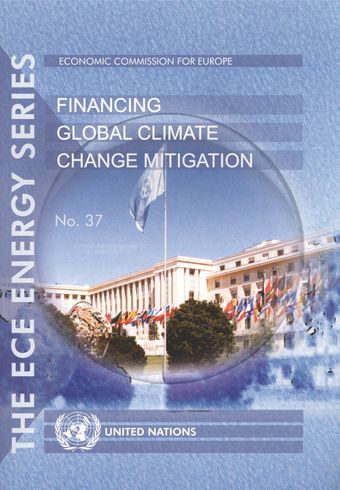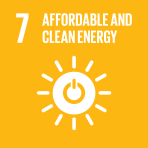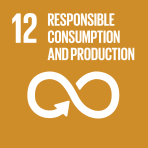The ECLAC region

- Author: United Nations Economic Commission for Europe
- Main Title: Financing Global Climate Change Mitigation , pp 92-105
- Publication Date: June 2010
- DOI: https://doi.org/10.18356/de21364a-en
- Language: English French, Spanish
As a result of the policies pursued by the different countries of the region and the local availability of natural resources, primary energy production in Latin America and the Caribbean has been mainly based on petroleum. Its share as an energy source has, however, fallen steadily since the 1970s and it accounted for 43% of total energy production in 2006 (down from 62% in 1970). On the other hand, in the early 1970s, natural gas accounted for 11% of primary energy production and its share has steadily increased since than, accounting for a quarter of total primary energy supply (TPES) in 2006. It is possible, then, that its share of total production will increase in the near future owing to greater availability and the stronger push by the countries of the Southern Common Market (MERCOSUR) to integrate their gas markets. Hydroelectric power peaked at 11.5% of the total in 2000. Since then, its share of total production has declined to stabilize at about 9%. This decline is due to reforms and the pattern of investments in the electricity industry, which has emphasized building fossil-fuel power plants (thermal, for example). Finally, geothermal and nuclear energy production is still minimal in the region (0.2% and 1% of total energy production, respectively).
© United Nations
ISBN (PDF):
9789210543347
Book DOI:
https://doi.org/10.18356/93fb6a53-en
Related Subject(s):
Environment and Climate Change
Sustainable Development Goals:
-
From This Site
/content/books/9789210543347c012dcterms_title,dcterms_subject,pub_keyword-contentType:Journal -contentType:Contributor -contentType:Concept -contentType:Institution105
/content/books/9789210543347c012
dcterms_title,dcterms_subject,pub_keyword
-contentType:Journal -contentType:Contributor -contentType:Concept -contentType:Institution
10
5



